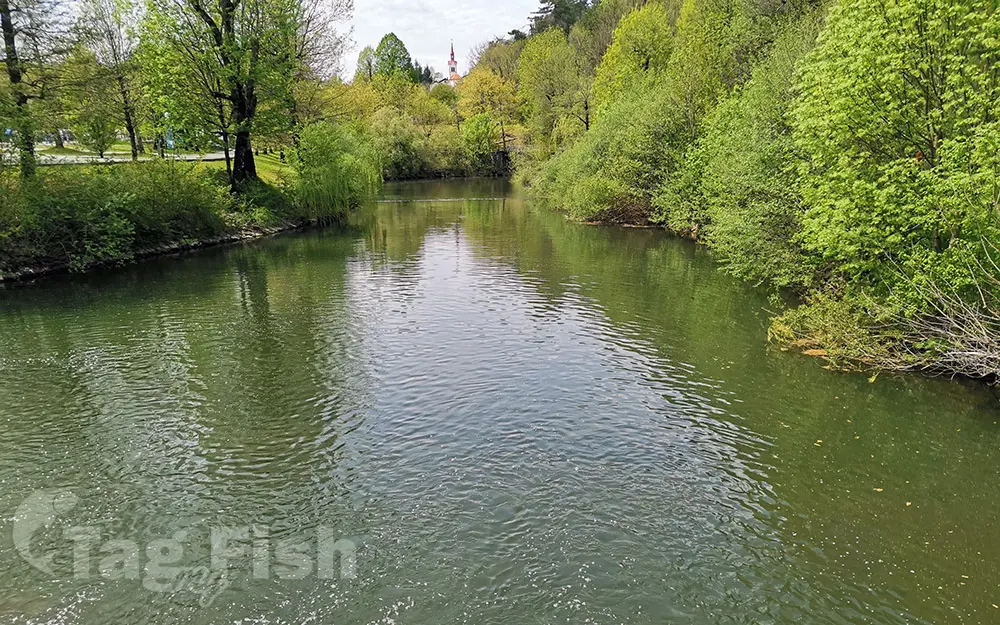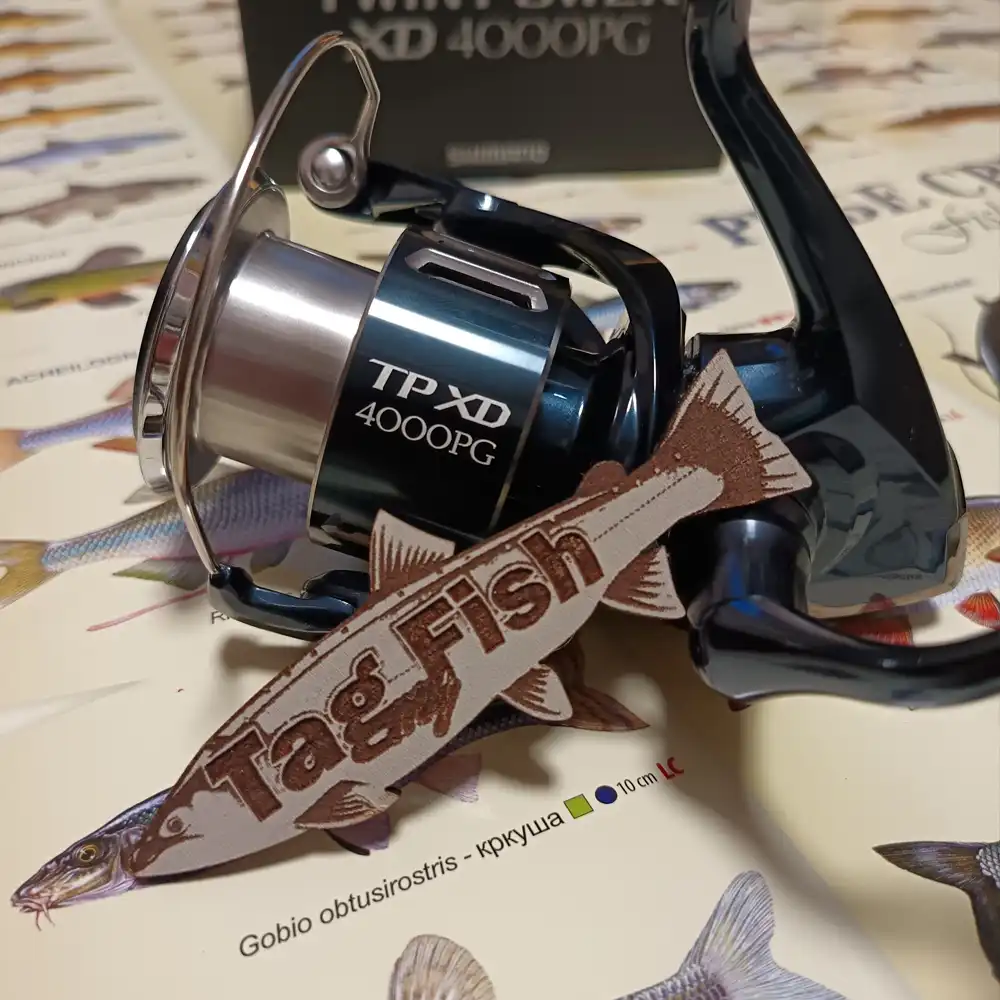Pivka

General data
- Name: Pivka
- Water system: Danube
- Water type: River
- Progression: Unica -> Ljubljanica -> Sava -> Danube -> Black sea -> Mediterranean Sea -> Atlantic Ocean -> Planet Earth
- Climates: Temperate
- Continents: Europe
- Countries: Slovenia
The Pivka is a karst lost river in Slovenia. The river is 27 kilometres (17 mi) in length.[1] The Pivka ends in Planina Cave, where it merges with the Rak River and then the Unica River. The confluence of the Pivka and the Rak is one of the largest subterranean confluences in Europe. The Pivka created Postojna Cave, the longest cave system in Slovenia as well as one of its top tourism sites. Fishing The Pivka river springs out in the Zagorje region, but its river bed stays almost completely dry in the upper stretch for the majority of the year. It is fishable mainly from the confluence with Nanoscica river until it goes underground to the famous Postojna cave. It is mainly dominated by large cyprinids and predators, especially pike, which reach the size boldly over a meter, and large carps that are very common in the river.

 English
English
 Spanish
Spanish
 German
German
 French
French
 Serbian
Serbian
 Russian
Russian

